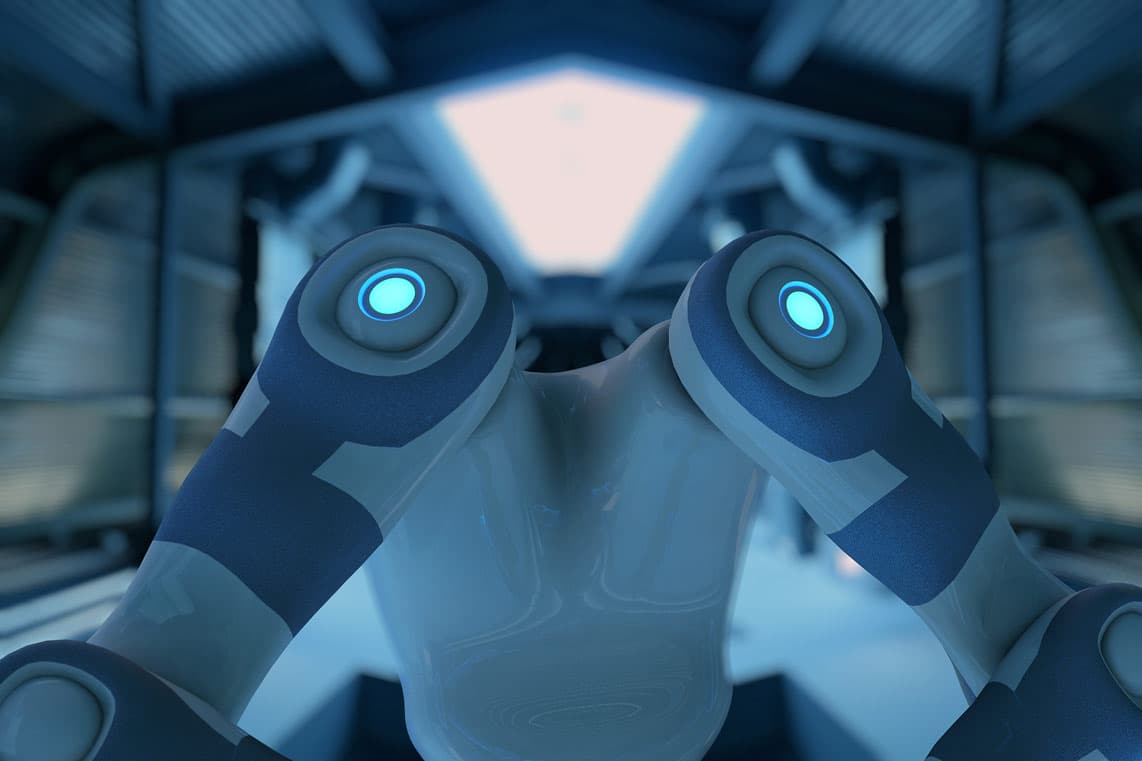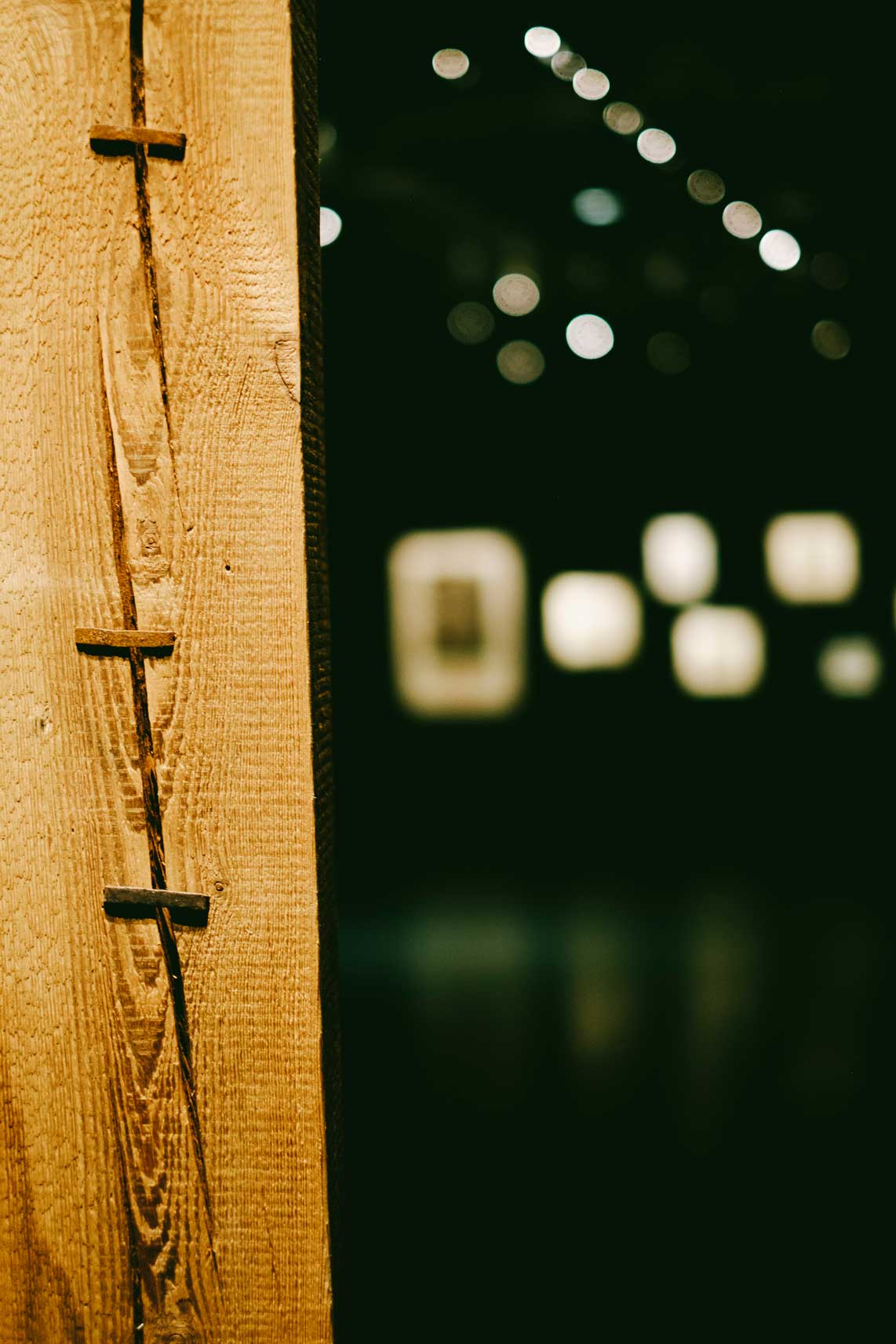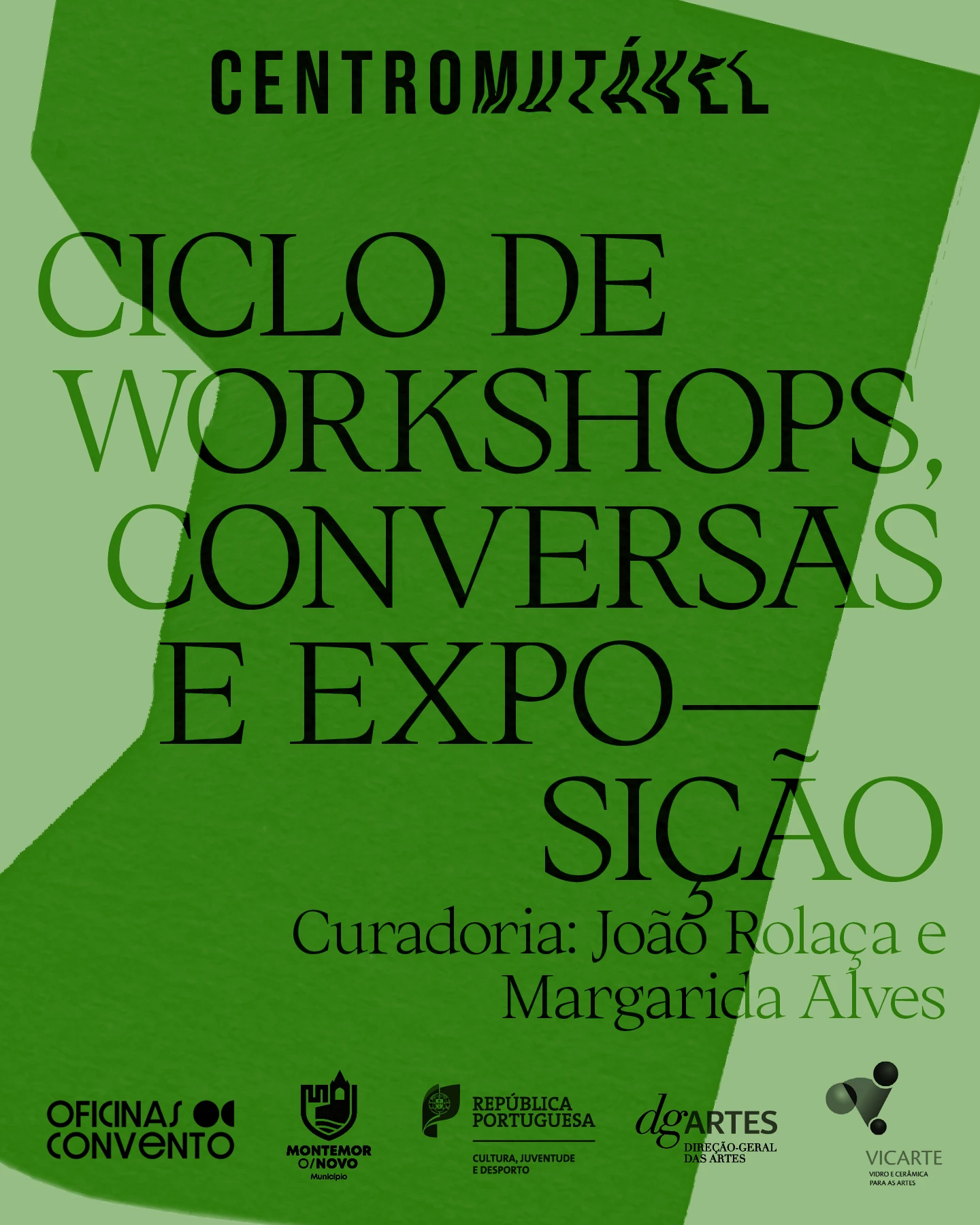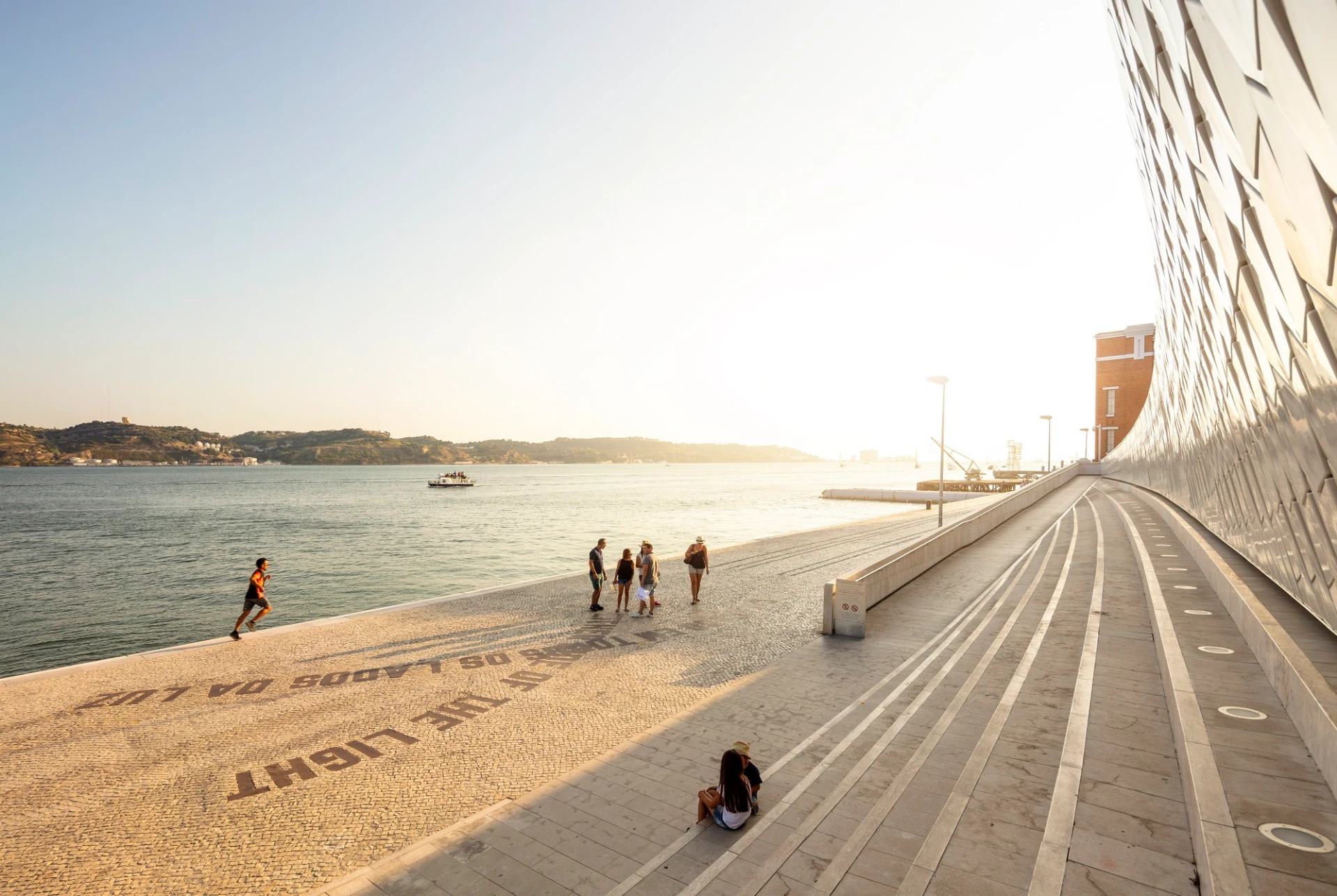By Cristina Sanchez Kozyreva
Since its inception in 2008, Les Ateliers de Rennes, a biennale showcasing contemporary art in Brittany, aims at having an international resonance by tackling subjects and experimentations relevant to our times. Its sixth iteration (September 29th until December 2nd) titled À Cris Ouverts, translated by the organizers as “with wide open screams”, thus opening the possibility to break away from whatever it is you can break away from, this biennale manages to embrace grave subjects while also bringing some colorful aspects into the mix.
Serious with works such as the remarkable John Akomfrah’s single-channel film Mnemosyne (2010), titled in reference to the Greek Mythical goddess of memory and mother of the Muses. The forty-five minutes feature, presented at la Halle de la Courrouze, mixes the artist’s own images of a solitary character in a natural snowy landscape with BBC archival footages of postwar immigrants in England. It results in a hypnotic journey between documentary and fiction. Helped by fleeting emotional snapshots, the viewer follows many different scenes. Here, from a slow traveling train it merges with the cameraman’s gaze spotting children walking back from school and laughing. There, it shows factory workers and their dwellings. Later, the viewer becomes an invisible witness to the lonely mysterious figure in the frozen land—the only images that aren’t from the BBC’s archives. The change of pace brings melancholy and sadness, full with the realization that what once was an imperfect welcoming of migrants to a promised land, gave way in our current world to something even less accommodating.
Another notable video, although very different in subject and style, is Julie Béna’s Who Wants My Horse? (2018). The film presents a feminist series of humorous sketches that tackle sexuality, pleasure, or painful memories, with a similar alluring lightness. Raw, yet not provocative, the work exudes the female gaze to be at the center of its discourse and identity. Here women own their desire, in any crude, fun, or romantic way they decide to. One scene has Béna act her own role, recounting biographical episodes of her romantic and sexual life and alternating self-deprecation and compassion. One quote goes like this: “The sex was not incredible but the moment was beautiful”. Another scene draws from peep-show aesthetics naming BDSM porn stars such as Madison Young. Yet another one features DJ Jamika Ajalon whom Béna met during the biennale’s making phase and let improvise on set.
Local institution get central stage in the show such as The Musée des Beaux-Arts, central to the making of Punk (2018) by Sonia Boyce. Her five-channel video features a collaborative project with the students from the European Academy of Art in Brittany. Set inside the museum, during an open doors evening event, it shows the students performative responses to the museum’s artworks. The resulting happenings, filmed and compiled by Boyce, offers varied interpretations of what performing to art could be. Here, a student plays a musical theme on a loop on a guitar. There, a performer crawls on the floor under a large sheet of paper. The whole activates something about what it means to interact with works shown on walls the old-fashioned way. By creating comical and awkward situations in a solemn space, Boyce’s film demystifies the museum experience entirely.
Besides the many great videos on show across the varied venues of the biennale, stunning figurative paintings by Zimbabwe born Kudzanai-Violet Hwami also abound. Her subjects: black bodies painted after digital collages of her family photos or as twisted self-portraits. Her execution is bold and colorful. For instance, The Egg (2016) represents the artist as a faun looking at herself in a pink hand mirror. She seems to make a cheeky irreverence on gender and personal intimate choices. In the Biennale statement it is described as celebratory of the LGBTQI culture (Lesbians, Gays, Bisexuals, Transgenders, Queers and Intersex people), and indeed it seems festive. Her works are both presented at the FRAC and at the Halle de la Courrouze. Personal and powerful, her approach epitomizes most of the biennale itself where self-doubt and confusion aren’t as present as self-empowerment and personal assertion. Positive and personal, while not shying away from current conversations, it makes for a great exhibition that can put Brittany on the international art circuit.
For more information www.lesateliersderennes.fr




-6dqqe.gif)